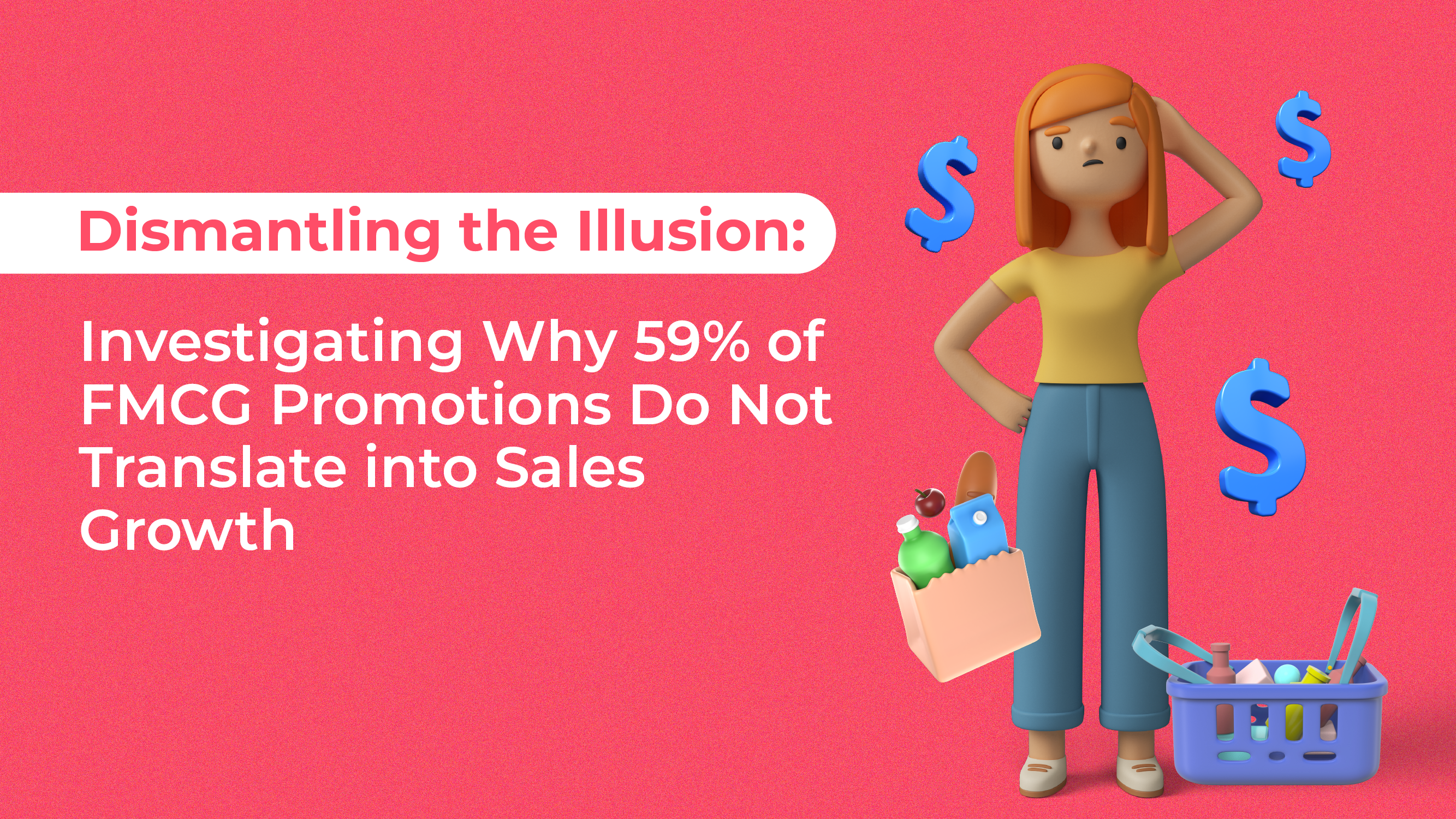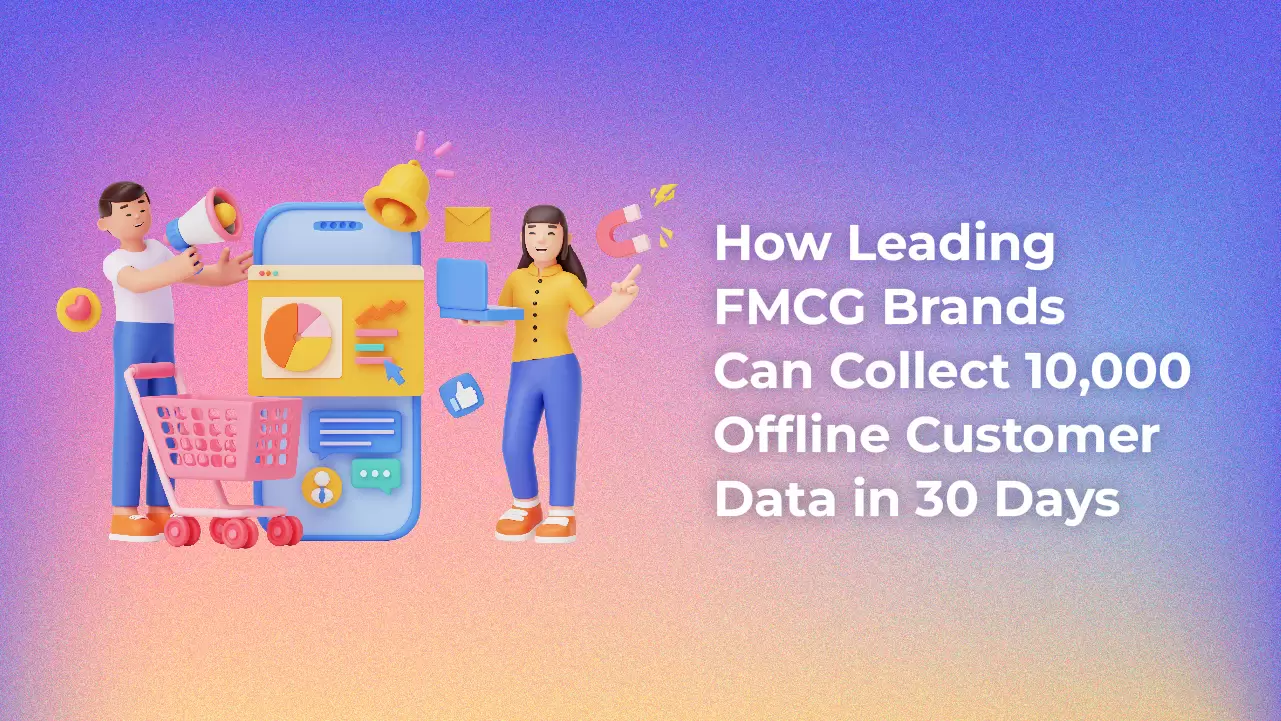There are few key takeaways from Zara’s success that Filipino retailers can incorporate into their business.
The first thing to note is that electronic commerce is rapidly gaining traction among consumers in the Philippines.
Thus traditional brick-and-mortar retailers are in the best position to take advantage of this revolution, according to the Philippine Retailers Association.
However, with e-commerce providing readily available product information, from price to reviews, this could prove challenging for physical retailers to remain competitive.
So, what can Filipino retailers do to remain their foothold?
One great way is to learn from one of the world’s largest fashion retailer, Zara!
Zara has 2,200 stores in 96 countries. They are known for developing new products and releasing it to stores within two weeks. The usual product-to-store period for retailers is six months.
What is the secret behind their success? And how can Filipino retailers benefit from it?
Here are 3 takeaways from Zara’s success that will surely help you with your business!
1. Focus Less on Stock Volume and More on Style Variability
Zara does not stock a lot of clothes, only allowing its designs to remain on the shop floor for three to four weeks hence, causing the brand to gain in two ways.
One, it does not have to hold excess sales to get rid of inventory. Instead of having constant markdowns, Zara organises two time bound sales annually. Moreover, their discounted pricing only entails a small proportion of their products, half to be exact, compared to their competitors. [restrict]
Two, the retail giant encourages consumers to shop with a sense of urgency, by creating artificial scarcity.
Thus, Zara’s entices their consumers to repeatedly visit their stores, thanks to the popularity of the Zara branding which allows their stores to sell-out designs quickly.
Operating on a fast fashion basis makes Zara swift adapters, therefore, making them immune to surprise changes such as a sharp detour in fashion trends and unseasonable weather.
This is a major distinguishing factor from other clothing retailers who often commit in advance of each season, and end up not being able to reduce existing stock volumes or introduce new designs mid-season.
Most importantly, Zara uses short lead times to keep their stores stocked with clothing for their customers.
For example, during specific spring/ summer or autumn/ winter collections, a recent trend that is growing rapidly, a sudden popularity of a clothing worn by a celebrity/famous personality, the release of a new collection by a top designer, etc.
A stark contrast from most Filipino retailers, Zara produces more styles rather than producing more stock for each type of style, averaging a total of 12, 000 styles/designs per year.
Most noteworthy, Zara constantly updates their stores with new designs, enticing customers to frequently visit their stores.
2. Invest in Customer Insights
Customer insights are the holy grail of modern business. The more companies know about their customers, the better they can innovate and compete.
Zara’s employees and managers are receptive towards their customers. They intently listen and note down customer comments, ideas for cuts, fabrics types or a new line.
They have a keen eye to what their customers are wearing, and as a result are always on the lookout for potential designs and trends to be converted into noteworthy and unique styles.
Certainly these methods go beyond traditional daily sales reports, which are barely able to provide a more dynamic picture of the market.
Zara knows that the quicker they respond, the more successful they will be in providing the right fashion merchandise at the right time globally.
The backbone for Zara’s second-to-none speed would be their big data technology. Their sophisticated technology systems enable information to travel quickly from 93 markets, from Portugal to Kazakhstan, and back to their headquarters in Spain.
Hence these obtained information is very quickly converted into tangible designs, shipped to stores worldwide, and sold at pocket-friendly prices. Thus, it only takes 21 days or less for designs to go from concept to retail floor!
3. Have an Efficient Supply Chain
Zara is the epitome of efficient supply chain management. Here are some factors that make it what it is!
a) Daily collection of customer insights.
Zara stays abreast with retail trends daily. Designers use this information to create new lines and modify existing ones.
b) Zara’s product information in warehouse offers a clear understanding to the consumer. This allows quick and accurate preparation of designs with clear manufacturing instructions.
c) Zara effectively manages their fabric, other physical inventory, and design specifications. This makes them capable of designing a garment with available stock of required raw materials.
d) They have an intelligent procurement strategy. In order to save costs via demand aggregation.
Around two-thirds of fabrics are not yet purchased and dyed until designs are finalised.
e) Zara employs a “make and buy” approach of more fashionable and riskier items in terms of needing testing and piloting are produced in Spain.
Clothes that are standardized, and with longer shelf life are produced in Morocco, Turkey, and Asia, and are outsourced to low-cost suppliers to save production cost. Zara outsources assembly workshops and leverages the informal economy of mothers and grandmothers.
f) Zara’s state-of-the-art distribution facility functions with minimal human intervention. Optical reading devices sort out and distribute more than 60,000 items of clothing an hour. Zara can also modify existing items by a minimum of two weeks.
Zara halts production of designs that do not sell well within a week .Further orders are cancelled until a new design is created.
These factors alone although not explicit, easily contributes to Zara outperforming H&M. Filipino retailers can take note of these and incorporate these tips into their daily business.
Do Not Miss Out on Your Millennial Customers
Many of Zara’s products are catered to serve their younger consumers to retain their support. Millennials today, make up a significant portion of the fashion apparel market
(If you are thinking of setting up a fashion business in the Philippines, click here for a simple how-to!)
Zara’s design teams regularly visit university campuses; nightclubs and other venues to observe what young fashion leaders are wearing.
Their design team in their headquarters, use flat-screen monitors with webcams linking to offices in the leading cities for fashion trends, such as, Shanghai, Tokyo, and New York, which act as their trend spotters.
The ‘Trends’ team never goes to fashion shows but tracks bloggers instead. This is because Zara practices the culture of closely listening to their customers.
Zara also seems to be well suited for today’s Instagram and Snapchat-obsessed era.
Social media platforms such as these, allows consumers to view trending designer apparel on the runway, which drives the tendency of wanting to own what they are seeing, immediately.
Fortunately, Zara is able to deliver just that, and that too at a more affordable pricing, thanks to their dedicated team that constantly source out styles at a rapid pace.
Actionable Takeaway:
From Zara’s trade secrets to their customer prioritising strategies, Filipino retailers have all the more reasons to innovate and maximise the foothold of their brick-and-mortar stores in the face of e-commerce.
Adopting online methods in addition to traditional retailing to remain relevant. The best way for small business retailers to keep on thriving, would be to research.
Success stories of local and global giants in the retail industry allows the best retailers often do things differently, setting them apart from their competitors. Finally, you may use to re-calibrate your business strategy.
[/restrict]













